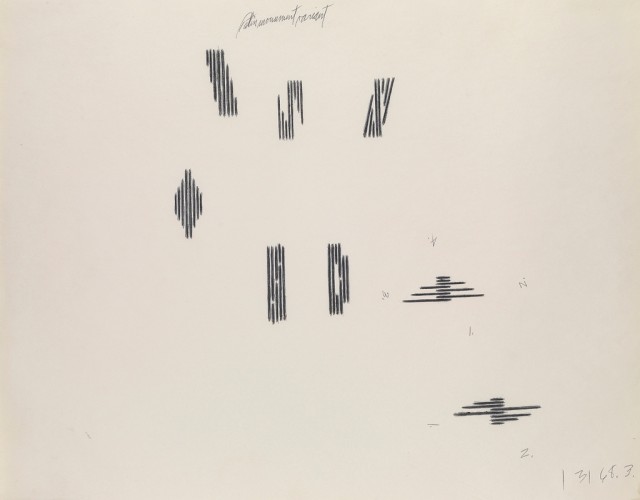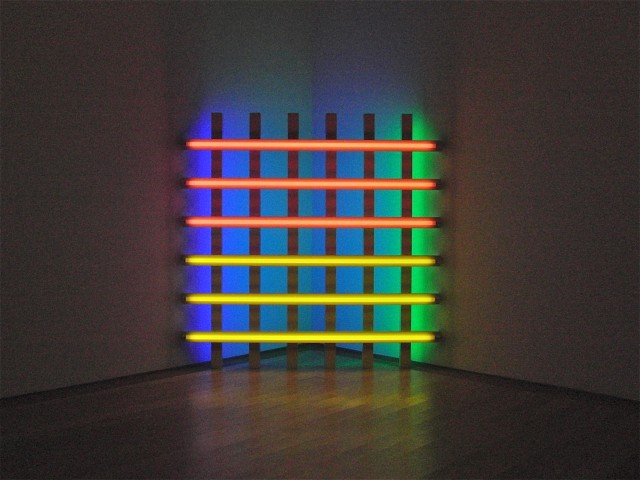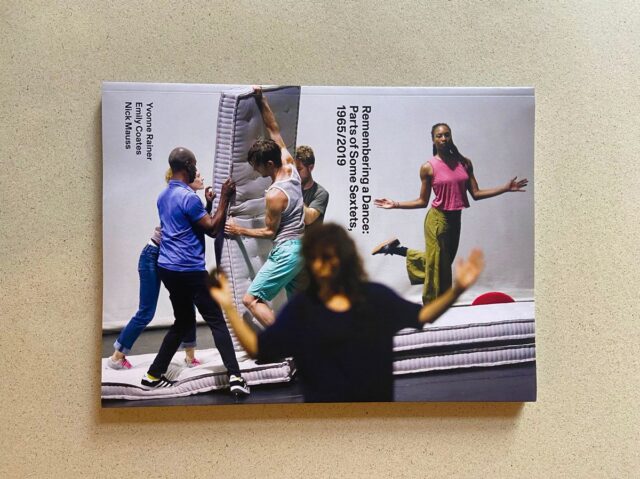
Who: Yvonne Rainer, Brittany Bailey, more
What: Book launch and performance
Where: Judson Memorial Church, 55 Washington Square South
When: Tuesday, June 20, free with RSVP, 6:00
Why: In March 1965, Yvonne Rainer presented Parts of Some Sextets at the Wadsworth Atheneum in Hartford and Judson Memorial Church in Greenwich Village, a new piece for ten dancers and twelve mattresses, with text by the Rev. William Bentley (1759-1819). The work, which changed every thirty seconds, featured Rainer, Lucinda Childs, Judith Dunn, Sally Gross, Deborah Hay, Tony Holder, Robert Morris, Steve Paxton, Robert Rauschenberg, and Joseph Schlichter.
In 2019, Rainer and longtime collaborator Emily Coates revived Parts of Some Sextets at the Gelsey Kirkland Arts Center in DUMBO for the Performa Biennial, with a cast of Coates, Rachel Bernsen, Brittany Engel-Adams, Patrick Gallagher, Shayla Vie Jenkins, Jon Kinzel, Liz Magic Laser, Nick Mauss, Mary Kate Sheehan, David Hamilton Thomson, and Timothy Ward. Performa, Lenz, and the Wadsworth Atheneum have now teamed up to publish the new book Remembering a Dance: Parts of Some Sextets, 1965/2019 (September 2023, $30), which does a deep dive into the origins of the work, its revival, and its legacy, complete with photographs, letters, notes, drawings, and other paraphernalia. Edited by Rainer and Coates and designed by Mauss, the book includes contributions from Rainer, Thomson, Performa founder RoseLee Goldberg, Performa senior curator Kathy Noble, novelist Lynne Tillman, violinist Soyoung Yoon, and the late cultural critic Jill Johnston in addition to a conversation with Rainer, Coates, and Mauss.
On June 20, the eighty-eight-year-old Rainer, who stayed extremely busy during the pandemic, will be at Judson Memorial Church for the launch of Remembering a Dance: Parts of Some Sextets, 1965/2019, discussing the project and signing advance copies of the book. There will also be a special performance of Rainer’s seminal Trio A by Brittany Bailey, who performed the duet “Remembering and Dismembering Trio A” with Rainer in 2020, adding excerpts from Peter Schjeldahl’s “77 Sunset Me” (aka “The Art of Dying”) essay. Admission is free; advance RSVP is recommended in order to meet this towering figure of dance, film, feminist theory, and humanity.
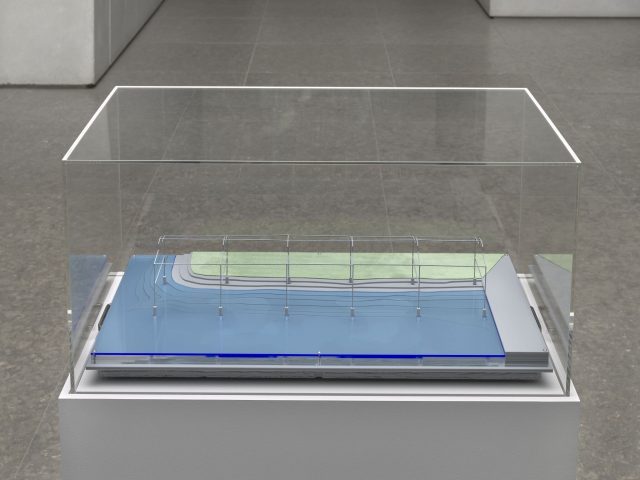
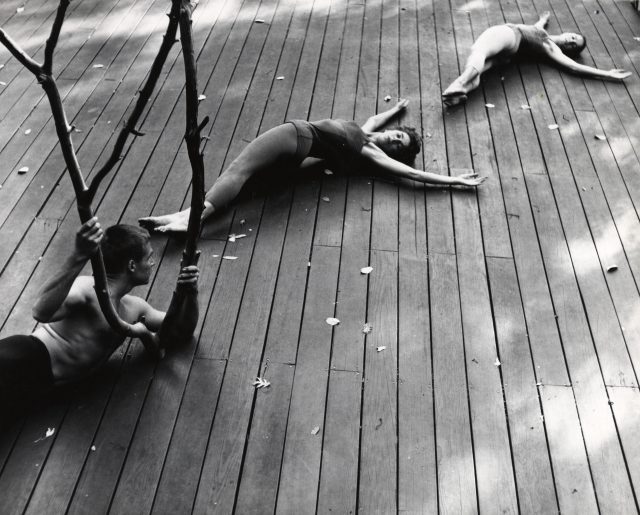
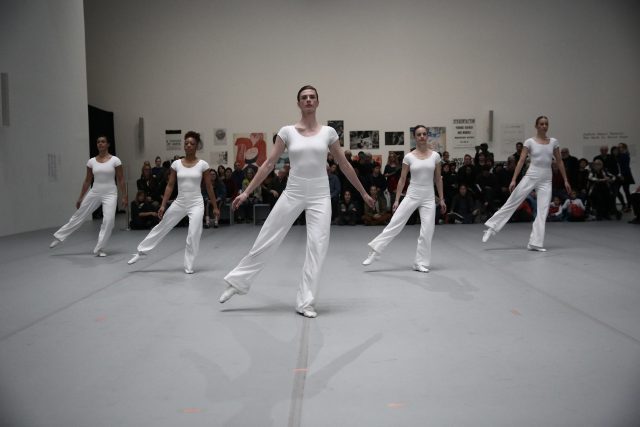
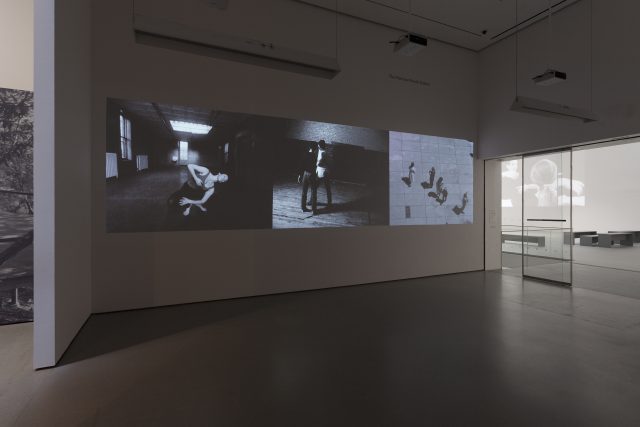
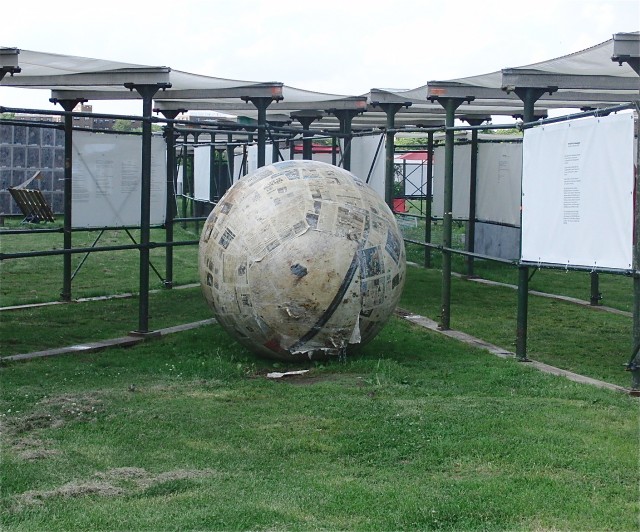
![Grayson Revoir followed Darren Bader instructions to “glue a [rectangular] table to the sky [table top up, somewhere not too close to the sky’s zenith]” (photo by twi-ny/mdr)](https://twi-ny.com/wp-content/uploads/2013/07/do-it-2-e1373117804585.jpg)
